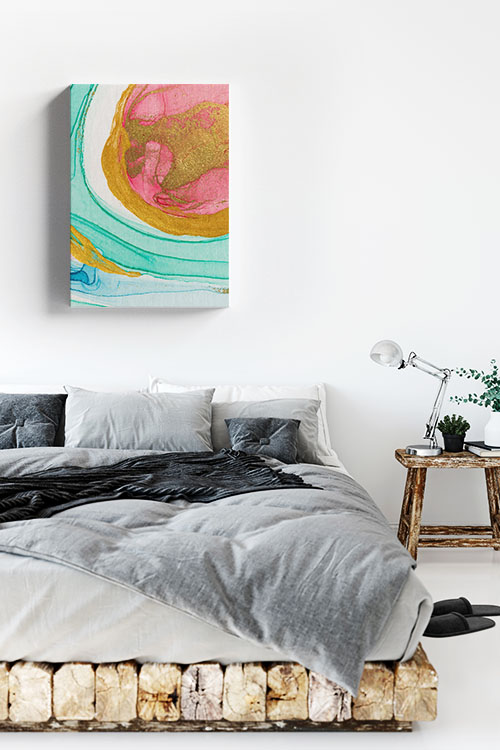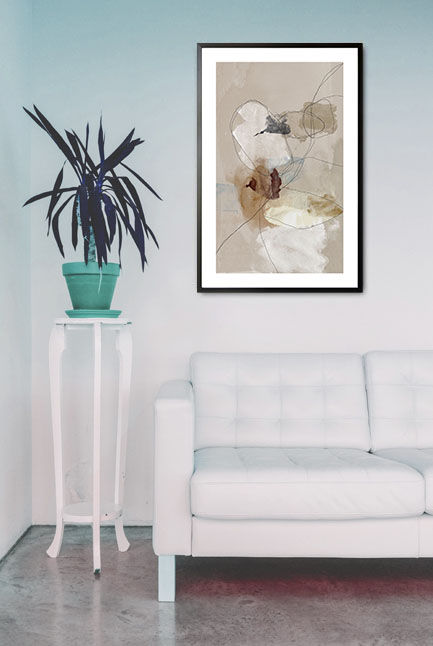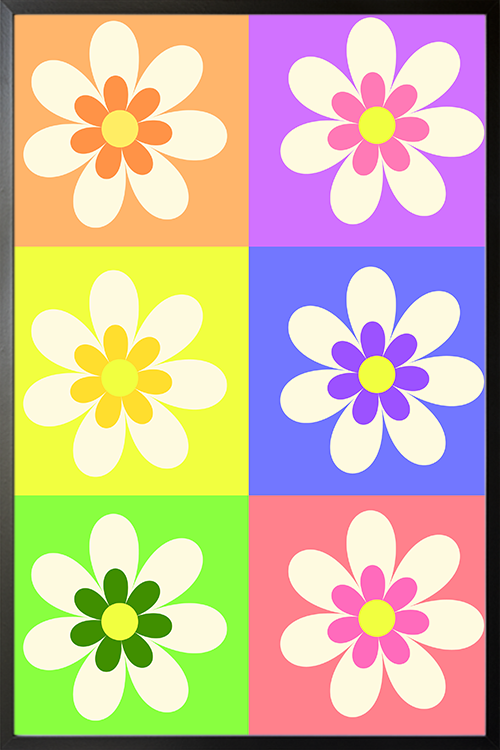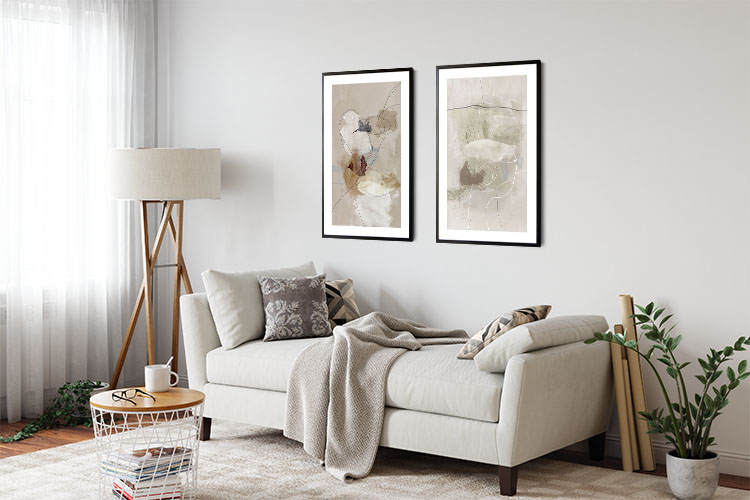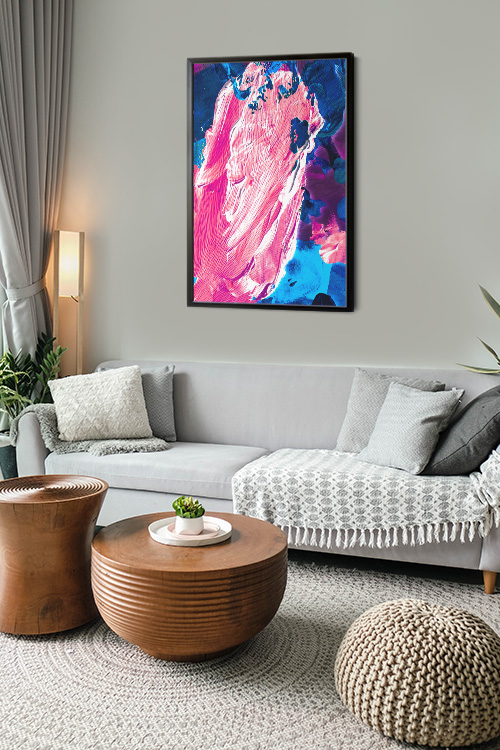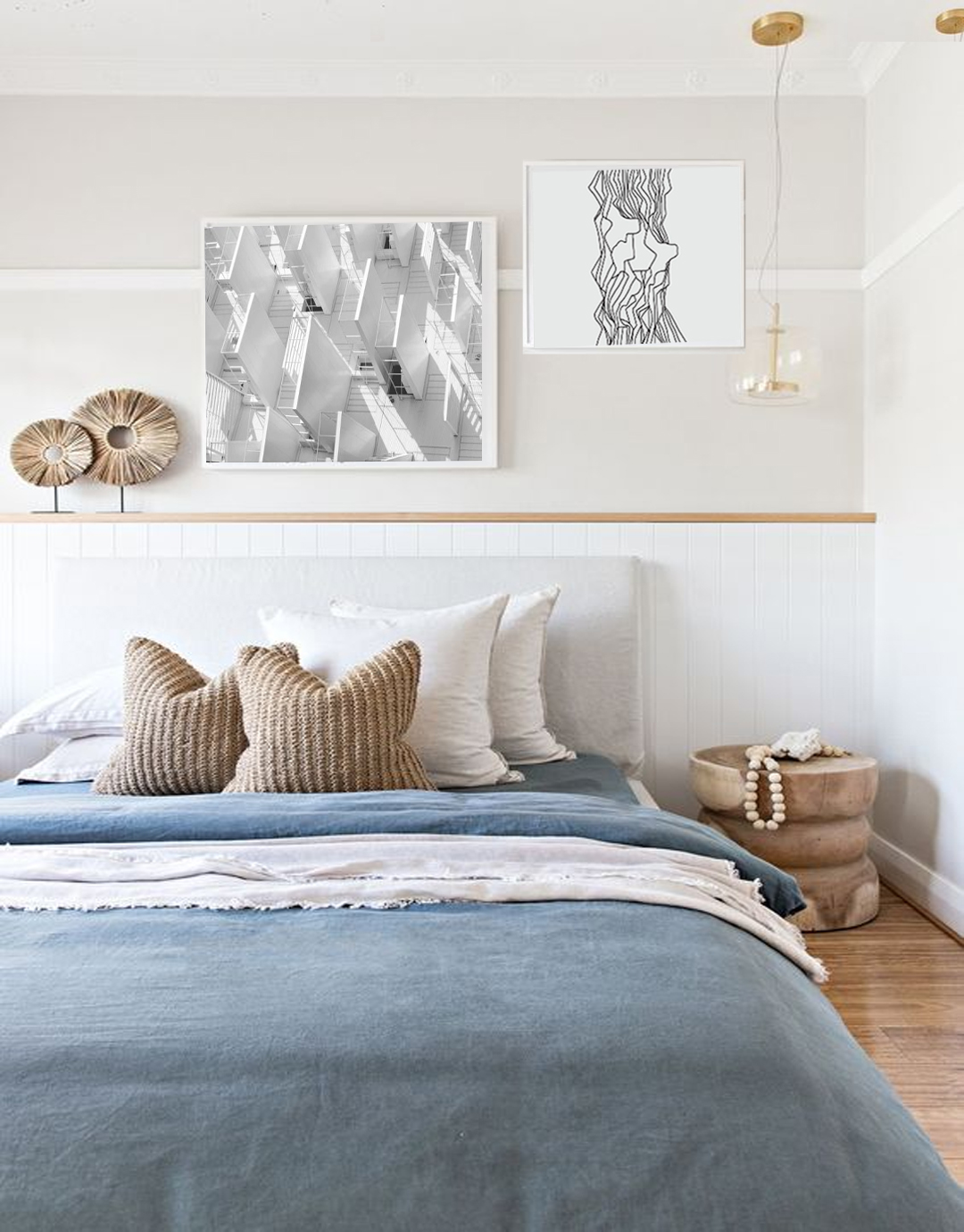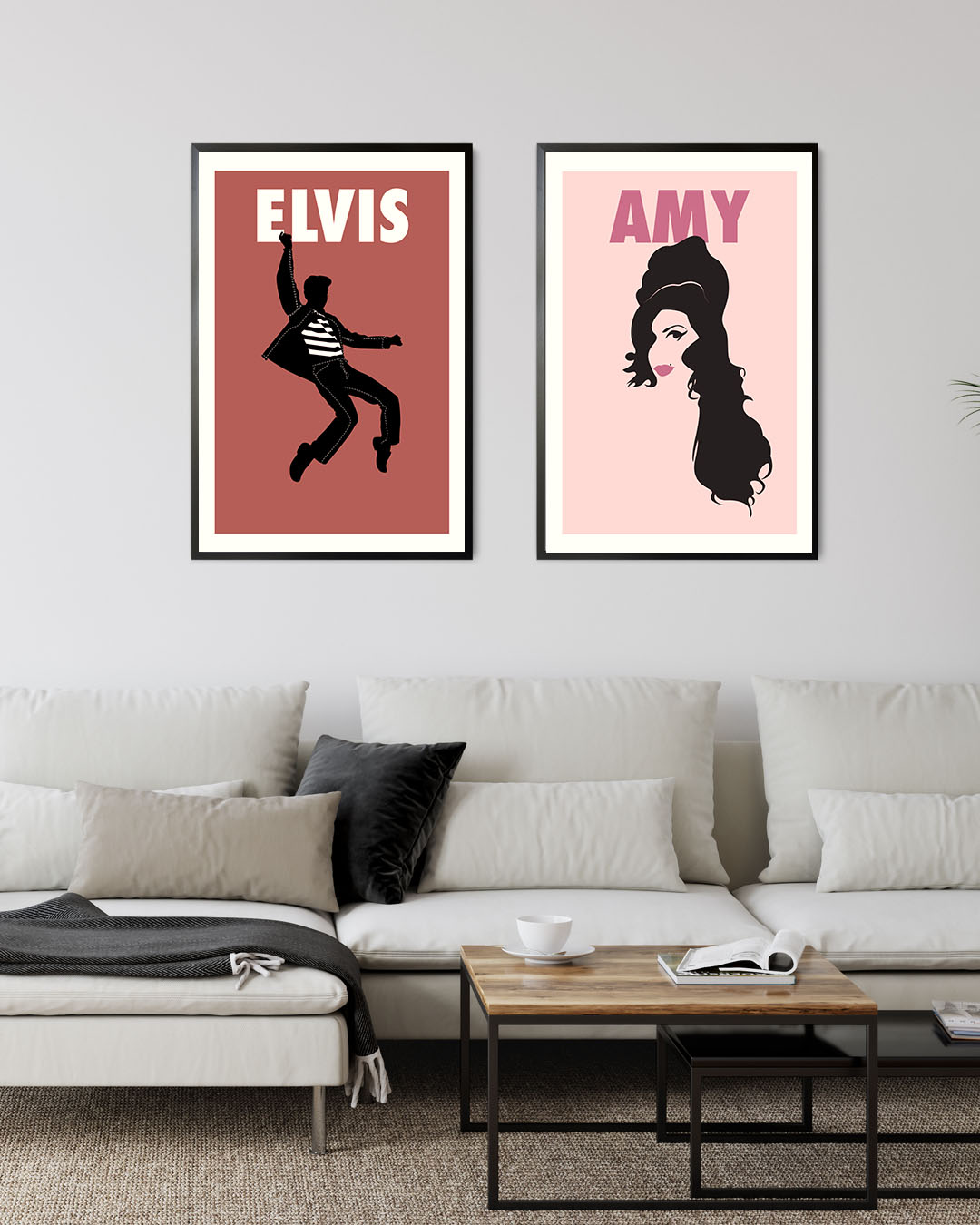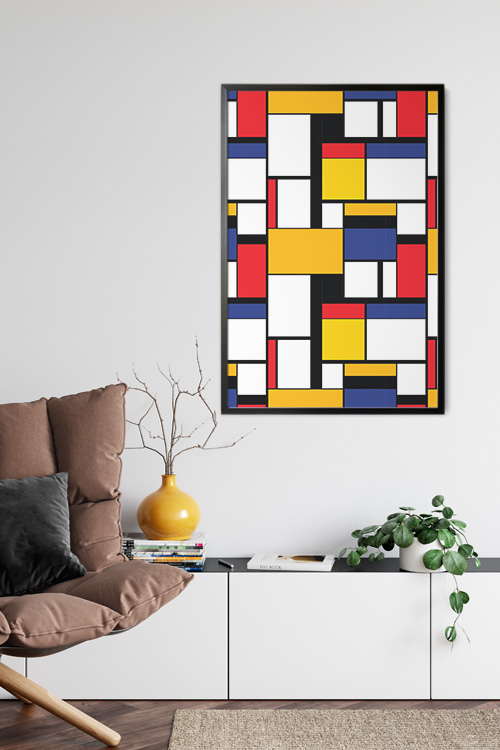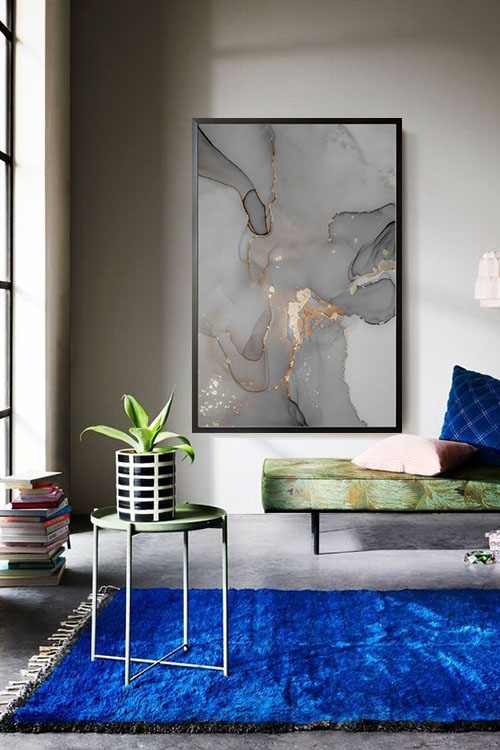
Creating a cohesive design in your home is more than just placing your furniture in its respective places or choosing colors for the walls. It is about creating a harmonious environment where each design element complements the others. Here is a simple guide on achieving a cohesive design in your home.
Understanding Your Style
Before embarking on your home decorating journey, take a moment to identify your unique style. Whether you lean towards minimalism, rustic, or a cottage feel, understanding your preference will guide consistency and confidence in your design decisions.
Establishing a Color Palette
Choose a color palette that resonates with your style. Selecting two or three primary colors and a few accent shades helps maintain coherence. Consider how these colors interact in different rooms to create a sense of flow. Don’t forget color psychology to help you achieve the desired room vibe.
Consistent Flooring and Materials
Consistency in flooring and materials can significantly enhance cohesion. Extending the same flooring throughout connected spaces promotes a flawless transition, whether you choose hardwood, tiles, or carpet. Likewise, consistent materials for countertops, cabinetry, and hardware in kitchens and bathrooms contribute to a unified appearance.
Furniture Placement and Scale
Arrange furniture thoughtfully to maximize space and functionality. Pay attention to scaling. For instance, large pieces can overwhelm smaller rooms, while too many small pieces can clutter larger spaces. Maintain a balance and ensure that furniture serves both aesthetic and practical purposes.
Thoughtful Accessories and Decor
Accessories such as rugs, curtains, pillows, and artwork add personality to your space. Choose items that complement your color palette and style while reflecting your personality. Avoid overcrowding your surfaces. Instead, arrange your collections strategically to create focal points without overwhelming the eye.
Lighting for Ambiance
Lighting is not just about visibility; it’s about setting the mood in each room. By incorporating a mix of ambient, task, and accent lighting, you can enhance functionality and create a captivating atmosphere. Consider the interplay of natural and artificial light to inspire your design choices.
Creating Flow Between Rooms
To ensure a smooth transition, maintain consistency in style and color scheme in every room. Use elements like door frames, moldings, and wall colors to create a visual connection without sacrificing individual room identities. This approach fosters a cohesive narrative as you move through different rooms in your home.
Balance Texture and Patterns
Include different textures to add depth and interest to your design. These may be smooth, rough, or matte textures. Balance bold patterns with more subdued elements to avoid overwhelming the space. Mixing textures and patterns adds dimension while maintaining overall cohesion.
Personal Touches and Flexibility
Remember, your home is a canvas for your personality and lifestyle. Add personal touches, such as memorabilia, and be open to adapting the design as your needs evolve. Embrace the freedom to experiment with new ideas while staying true to your initial vision for a cohesive and inviting home.
In a Nutshell
These tips can help you create a cohesive home that truly reflects your style and personality. Proper planning, attention to detail, and creativity are key to a successful design.
